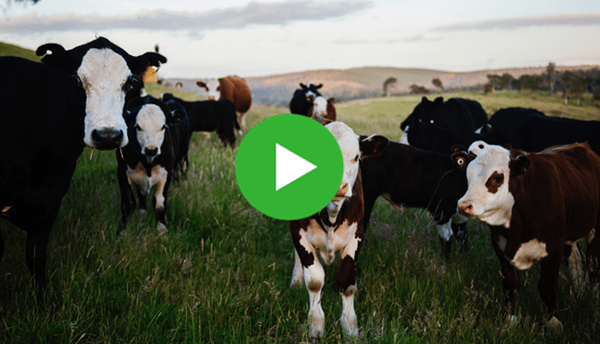

NEWS
Reducing the risk of Enzootic Abortion
27th July 2020
TAGS
Most farmers expect sporadic abortions around the beginning of the lambing period. The level of sheep abortion can rise with increasing flock size. External non-infectious events can cause sheep abortion. However, a few isolated abortions can precipitate quickly into an outbreak or an ‘abortion storm’. When the incidence rapidly surpasses two per cent of the ewe flock effected or if there are several abortions in a short time period, then a diagnosis of the cause should be investigated. Many of the infectious agents that cause ewes to lose their unborn lambs can also affect women. Therefore, it is important to obtain an accurate diagnosis of the cause to protect against these devastating diseases.

Diagnosing the cause
Freshly aborted lambs and the placenta (cleanings), if available, should be submitted to the regional veterinary laboratory for post mortem analysis. Some pathogens damage the placenta therefore they remain a valuable part of the diagnostic process.
Major pathogens associated with sheep abortions
In 2016 there were 728 cases of sheep abortion investigated by regional veterinary laboratories on the island of Ireland. As in previous years, toxoplasmosis and enzootic abortion of ewes (EAE) were the two most commonly recorded causes of ovine abortion.

Enzootic abortion
Enzootic abortion is caused by a bacterial agent called Chlamydophila abortus and represents an important production disease of sheep flocks in many countries.
The infection is introduced to a clean flock via purchasing infected replacement ewes. Healthy ewes become infected with C. abortus through contact with the bacteria in lambing fluids and the placenta of an aborting ewe, or through breathing in aerosols from the contaminated environment.

Infection up to 5-6 weeks prior to parturition results in clinical disease and abortion in the final 2–3 weeks of gestation occurs, or birth of stillborn or weak lambs that frequently die in the first few days of life.
Ewes that do not abort can become latent carriers with no clinical signs until the next lambing season. Surviving lambs born to infected mothers may be affected in their first pregnancy.
Control measures in sheep
Management of Enzootic Abortion should always include the rapid removal of ewes that are aborting. In addition, aborted foetuses and cleanings from the lambing pen, followed by thorough disinfection. Antimicrobial treatment of ewes with long-acting antibiotics in the face of an outbreak is commonly practiced. However, the benefit of this treatment is difficult to evaluate as they provide no protective immunity in subsequent lambing seasons.
Vaccination is useful to reduce the risk of Enzootic Abortion in uninfected ewes and reduce the spread of the disease within the flock. All breeding females should be vaccinated before tupping. Initially the whole flock should receive a vaccination dose before introduction of the ram and replacements are vaccinated every year.

Human health considerations
It is important to remember that Enzootic Abortion is a zoonosis which can have particularly serious consequences for pregnant women. Infection with C. abortus is usually due to exposure to infected foetal fluids and membranes of sheep or goats. Women who are, or may be, pregnant are advised to avoid involvement with the flocks of small ruminants at lambing time.
For more information, speak to your veterinary surgeon.
TAGS
Sign up to Bovilis® product and event information

MSD Animal Health
Red Oak North, South County Business Park, Leopardstown,
Dublin 18, Ireland
vet-support.ie@msd.com
PHONE
CATTLE DISEASES













